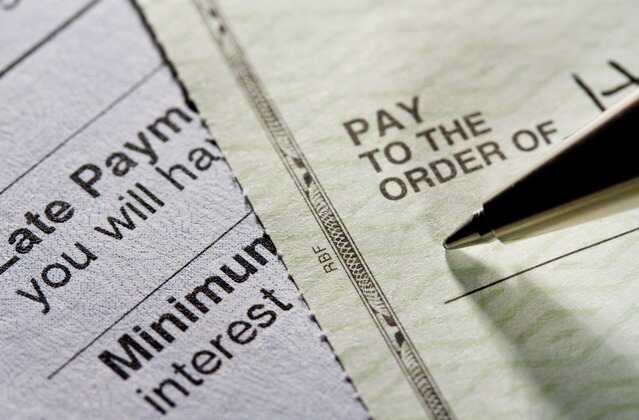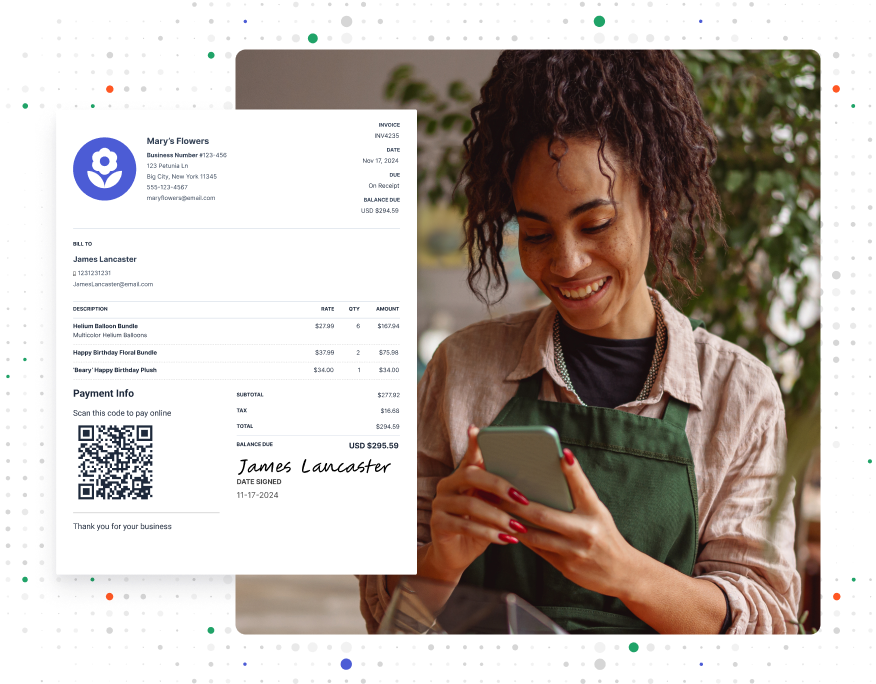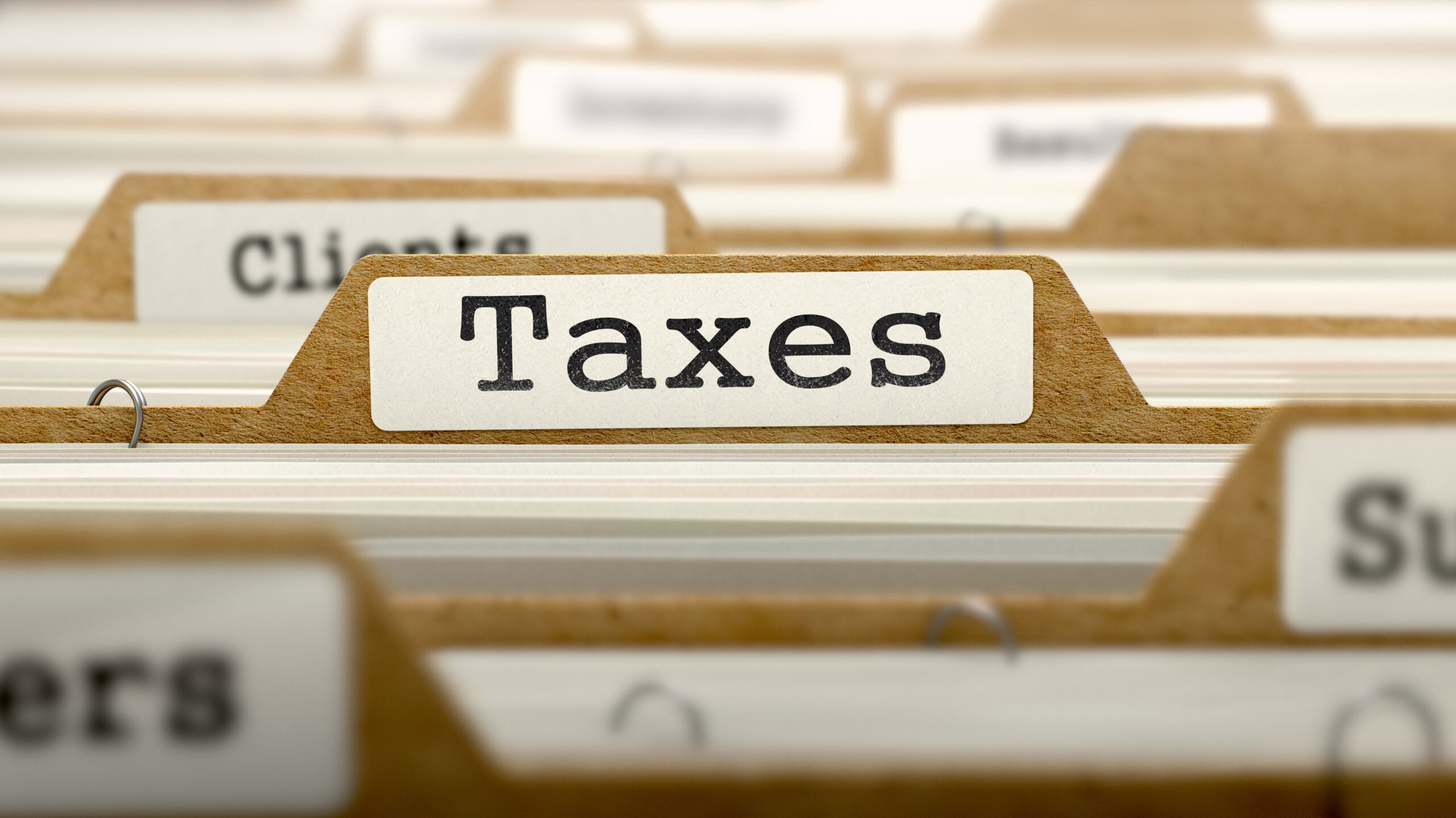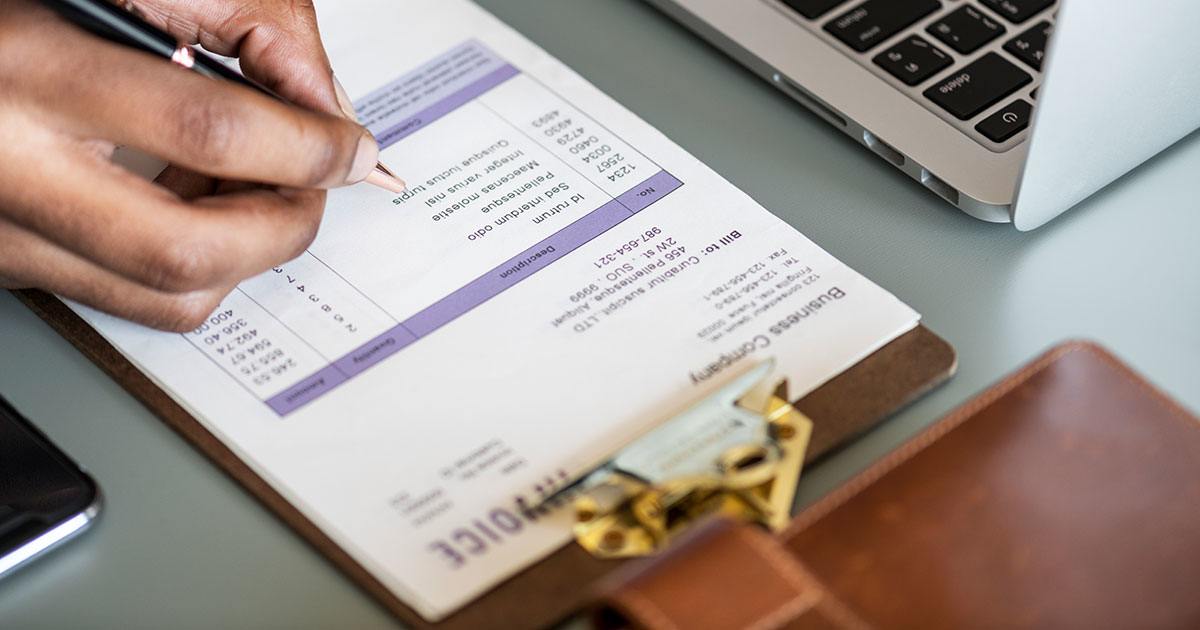How to Send Someone to Collections: A Complete Guide

Deciding to send a customer to collections is never easy. It’s a decision that often comes after months of hoping for resolution—typically 90 to 120 days after the original due date passes.
Businesses should try everything possible to get their money before taking this step. That includes sending reminders, making payment plans, and talking to the customer. Here, you’ll learn how to send someone to collections while avoiding obstacles along the way.
RELATED ARTICLE — How to Write a Past Due Invoice Email
What Does It Mean to Send Someone to Collections?
If you have a customer who hasn’t paid what they owe, you may consider sending them to collections. Sending someone to collections is when you ask a debt collector to help get money that hasn’t been paid.
This is a serious action that can have major consequences for your customer. Only do this if you’ve tried all other ways to get the money back without luck. Hiring a collections agency to collect the funds is the next step.
It’s also important to think about exactly how much money they owe. If the amount is small, the effort and costs might not be worth it.
RELATED ARTICLE — Invoice Versus Receipt Basics: Everything Business Owners Need to Know
What Are the Steps to Avoid Sending Someone to Collections?

Making the decision to send an account to collections is tough. Here’s a step-by-step guide that outlines the actions a business should take before moving forward with a collection agency.
1. Contact the Debtor
Begin by directly communicating with the debtor (the customer who owes you money). A phone call and email can clarify any misunderstandings and give insights into why payment is late.
Having evidence that you reached out in writing is a good idea so you can prove this step has been completed. There could be reasons the customer cannot pay, and you may reach an agreement that doesn’t involve collections.
If you have contacted the customer and they haven’t responded or have said that they aren’t going to pay, move on to the next step.
2. Send a Demand Letter
If initial contact doesn’t fix the issue, the next step is to send a formal demand letter. This letter should outline the details of the debt and the consequences of non-payment. Demand letters are often effective because they signal to the debtor the seriousness of their situation.
You can write these yourself. You don’t need support from a lawyer.
3. Consider Negotiation
Before escalating the matter, consider negotiating a possible payment plan. This approach not only demonstrates that you’re willing to be flexible, but it can also save a lot of energy. By being understanding, you could potentially secure future dealings with the client when their financial situation improves.
4. Hire a Collection Agency
If the above steps have been taken and you found no resolution, it may be time to hire a collection agency. Ensure that you choose a reputable agency that follows lawful collection practices. This step often prompts debtors to settle their accounts to avoid damaging their credit scores.
5. Provide Documentation
When working with a collection agency, give them all the documents related to the debt. Include any communication records, invoices, signed agreements, and evidence of attempts at resolution. This helps the agency work on your behalf.
6. Monitor Progress
Regularly check in with the agency. Track the agency’s progress so you’re prepared for next steps.
7. Consider Legal Action
As a last resort, if the collection agency can’t recover the debt, consider taking legal action. Consult with a lawyer to understand your options. Pursuing a lawsuit can often motivate a debtor to settle to avoid court proceedings. The court can help rule in your favor to get you paid, too.
RELATED ARTICLE — How to State Invoice Payment Terms (with Example Wording)
What Are the Rules for Sending Someone to Collections?
If you’re a small business sending a customer to collections, be sure to follow the rules. Not doing so could cause harm to business relationships and your reputation. Here are some rules to help you on your path to sending someone to collections:
- Verify the Debt. Confirm that the debt reflects what the customer owes.
- Provide Written Notice. Send the debtor a written notice of the debt. It should outline the amount owed and the potential for it to go to collections if not settled.
- Follow State Laws. Research and follow the specific collection laws and regulations in your state on how to send a bill to collections.
- Respect Consumer Rights. Be respectful and avoid any form of harassment or deceit in the collection process.
- Use Ethical Practices. Treat customers fairly throughout the collection process.
RELATED ARTICLE — What Is Accounts Receivable, and Why Does It Matter for Your Business?
What Are the Pros and Cons of Sending a Customer to Collections?
What does being sent to collections mean? When a business can’t get payments from customers, you might use a collections agency. It’s important to look at the pros and cons before choosing to go this route.
Pros
- Get Back Unpaid Money. Collections can help your business get money that customers haven’t paid.
- Stop Future Late Payments. If other customers know you’ve taken a customer to collections, they may think twice about paying late.
- Better Cash Flow. More money coming in means the business runs smoother.
Cons
- Hurts Customer Relationships. Taking a customer to collections makes them less likely to come back.
- Bad Reviews and Reputation. Upset customers could leave negative reviews that hurt the business.
- Legal Costs. Going to collections can lead to legal issues that might cost more money.
RELATED ARTICLE — 5 Steps to Keep Track of Business Expenses
How Much Does it Cost to Send Someone to Collections?

What does collections do to get your money back? A lot. And because of the work they put in, you’ll have to pay fees. These fees might be a part of what they collect on your behalf or a set amount. It’s important for businesses to think about these costs when trying to recover debts.
Using a collections agency can be worthwhile because it helps recover the money owed. But if hiring the agency will cost more than the amount you’re trying to collect, it’s probably not worth it.
4 Tips to Hire the Best Collection Agency for You
When you’ve done everything you can and still don’t have results, it’s time to involve a collection agency. Here are four tips to help you choose the best collection agency for your needs.
- Check Qualifications and Certifications. Make sure the agency is certified and licensed. Look for memberships in reputable associations like the Commercial Collection Agency Association or certifications from the Commercial Law League of America.
- Understand Their Tactics. Discuss the methods the agency uses to collect debts. It’s important that their tactics align with your company’s values and legal standards. Also, make sure they have a plan to keep you updated.
- Review Contracts Carefully. Understand the terms of the contract before signing. Check how binding the agreement is and what your options are if you need to end the contract early.
- Evaluate the Costs. Consider the cost of hiring the agency against the debt amount you aim to recover. Remember, the goal is to improve your financial situation, not worsen it. If the costs outweigh the benefits, it might be better to pursue other debt recovery methods or write the amount off.
RELATED ARTICLE — Invoicing Tips: Can You Write off Unpaid Invoices?
Business Expense Tracker
When dealing with collections, every detail matters. And with Invoice Simple, tracking expenses has never been easier. Our business expense and receipt tracker lets you scan any receipt, and we capture key info automatically. All your expense data is ready to export into a summary report whenever you need it. Start tracking your invoices today.
Start Your First
Invoice Today
Create customized and professional
invoices and connect with clients








